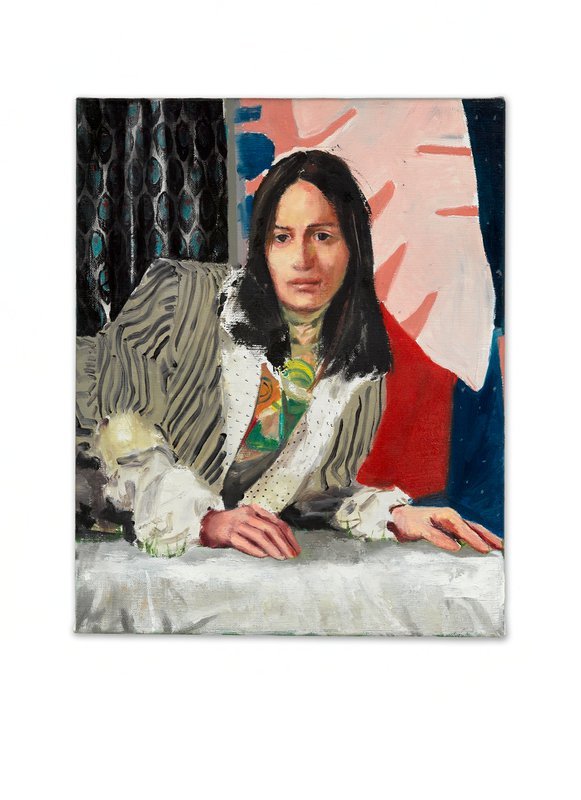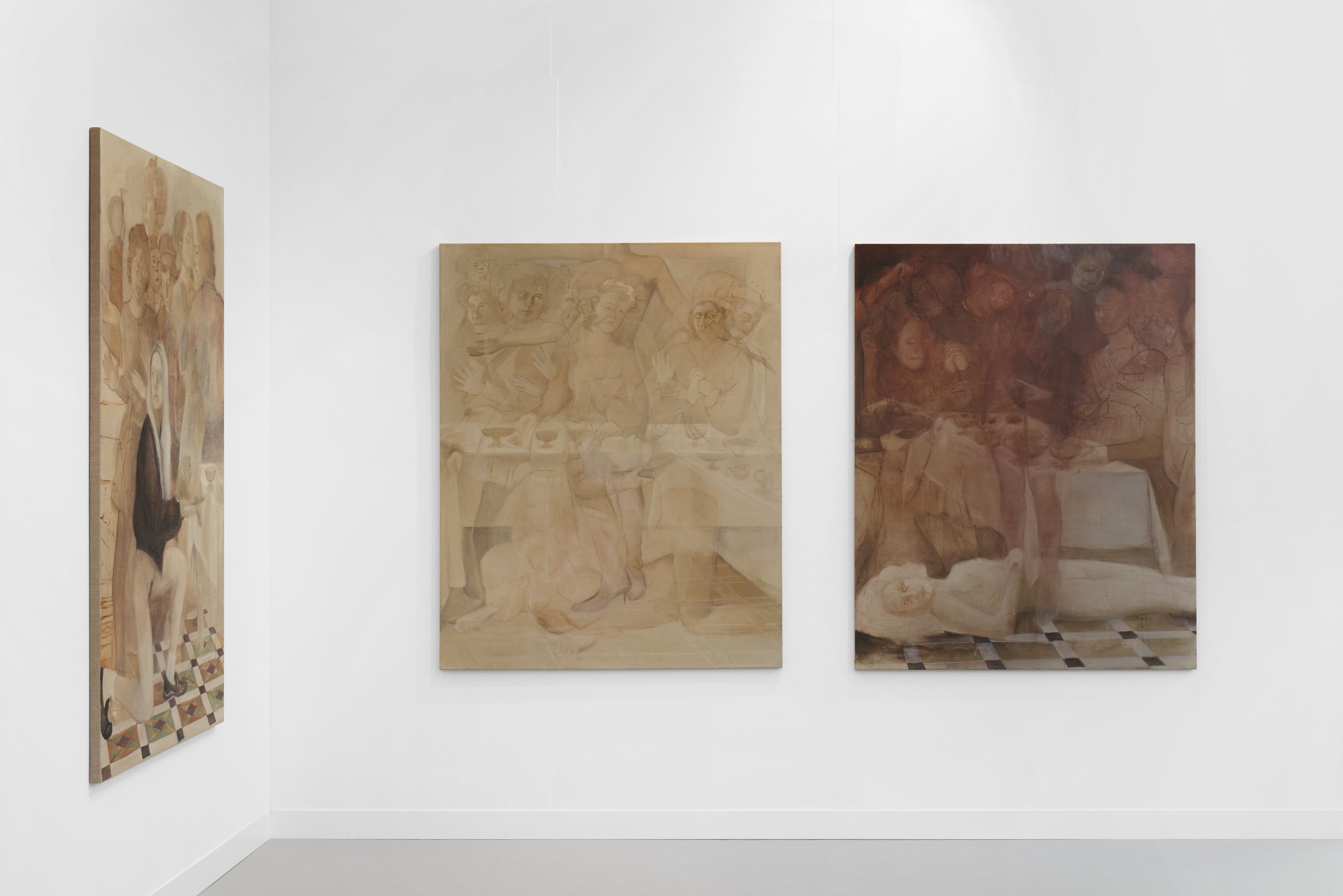A new exhibit at the New York gallery features never-before-seen images from the Malian photographer.
text by Karly Quadros
Best known for his exuberant photographs of discos and house parties in Bamako, Mali the ‘60s and ‘70s, Malick Sidibé defined a post-colonial visual aesthetic of joyful resistance. The people in Sidibé’s photos put their best foot forward, literally. They pose in their Sunday best in Sidibé’s studio, located in the Bagadaji neighborhood, which in its heyday was a hub for photographic culture. They twist and shout. They ride motorcycles and wrap their arms around their friends in homes, courtyards, and beaches.
From April 17 to May 31, Jack Shainman Gallery in New York City will be showcasing a selection of Sidibé’s photography, including some never before seen images, in a new show, Regardez-moi. In an era of surveillance and digitally mediated experiences, Sidibé’s photography is a reminder of the potency of seeing, being, and celebrating together. Sidibé’s lens is always amidst rather than apart. In the spirit of play, texture takes center stage, from sharp polyester suits to dusty dance floors to woven bags and patterned dresses.
Alongside the photographs, Loose Joints Publishing is releasing a monograph on Sidibé’s painted frame photographs. Centering the traditional art of reverse glass paintings, Sidibé collaborated with local Malian artists. His black and white images are surrounded by right pops of lime, pink, and tangerine, decorated with vines, leaves, and tiled motifs. The monograph also includes an essay from writer and collector-archivist Amy Sall.
“Malick Sidibé was witness to, and preserver of, a nascent, burgeoning postcolonial society in which a new modernity was being constructed by way of transcultural osmosis. From his studio to the soirées, and even to the banks of the Niger River, Sidibé and his camera were at the center of it all. He was not only chronicling Malian history and culture, but making pivotal contributions to it,” she writes.









